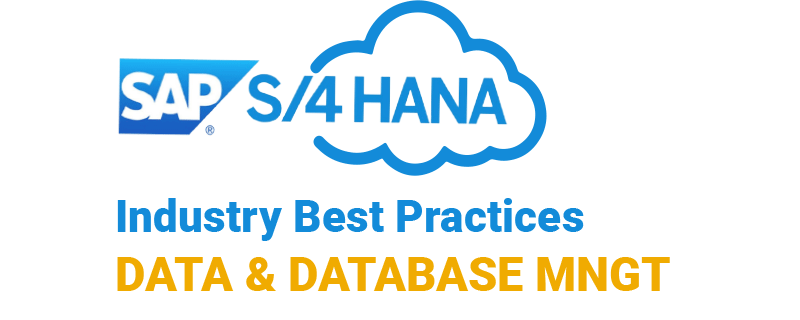
Automotive Supply to Customer - Inventory Management (55F)
In this scope item, a sales scheduling agreement is created. Forecast delivery schedules are maintained manually. Planning delivery schedules can be generated to smooth the demand handed over to production.
JIT calls can be created manually and contain the component details with the requirements date and time.
The required components are material requirements planning (MRP) planned and procured from external suppliers with purchase scheduling agreements. Subsequently, inbound deliveries are created, the goods receipt is posted, and supplier invoices are created.
MRP generates planned orders for the material to be produced. The confirmation of repetitive manufacturing triggers multiple activities, such as finished material goods receipt, backflush of component materials, and posting of costs to the cost collector.
For summarized and sequenced JIT calls, production-relevant component group materials or package units for production are released.
Outbound deliveries to the customer are created based on open quantities in the delivery outbound monitor. After the completion of picking and packing, the goods issue is posted.
It is possible to post the goods as consignment stock. Consignment goods are stored at the customer location but are owned by suppliers. As the goods are consumed, customers either send JIT delivery confirmations via SOAP API, or a consignment issue order is created manually. The delivery confirmation is matched with the existing JIT call deliveries within the supplier system. Once the delivery confirmation is released, subsequent documents are created and the goods issue is posted.
The delivery can be invoiced once goods are delivered.
Optionally, self-billing can be executed. The self-billing message from the customer is therefore received via SOAP API. The supplier validates the message and simulates results. If there are differences, credit and debit memos are created respectively to settle the account.
All incoming and outgoing payments are posted.
All the products in this scenario are inventory managed.
Key Process Steps Covered
- Create, change, and display scheduling agreements for automotive suppliers
- Manage forecast and planning delivery schedules
- Create, manage, and monitor Just-In-Time (JIT) calls
- Release JIT calls to production
- Confirm JIT calls from production
- Monitor material coverage
- Manage inbound deliveries
- Perform Evaluated Receipt Settlement procedure
- Adjust planning in planning table
- Check range of stock coverage
- Stage materials
- Confirm of assembly activities and repetitive manufacturing backflush
- Post processing of error records
- Create delivery, execute picking, post goods issue and goods receipt
- Execute packing automatically in Outbound Delivery
- Manage and monitor the JIT delivery confirmation
- Release the JIT delivery confirmation
- Create customer consignment issue order and outbound delivery automatically
- Create invoice
- Receive self-billing information
- Simulate the incoming information to detect differences
- Update existing documents and create documents in case of differences
- Post incoming and outgoing payments
Benefits
- Use scheduling agreements to reduce processing times and paperwork within your enterprise
- Manage various types of delivery schedules (forecast, JIT and planning delivery schedules)
- Support the business process for Just-In-Time supply to customers
- Enable analytical capabilities to manage demand, stock, and materials
- Search and access scheduling agreements via new Manage Scheduling Agreements apps
- Experience simplified handling of the production process with full cost control
- Confirm assembly activities without using production orders
- Manage inventory of delivered products in customer consignment stock until confirmed by the customer
- Post invoice document automatically with Evaluated Receipt Settlement
- Process billing or self-billing based on JIT delivery confirmations from customers
- Reduce workload for verifying the incoming self-billing information
- Identify differences by simulating the results of an incoming message
- Integrate accounts payable and accounts receivable
Where is Automotive Supply to Customer - Inventory Management(55F) being used?
This Scope item is used in the following way:
- As a support function of Financial Operations within Finance Scope Item Group
- As a management function of Invoice Management within Sourcing and Procurement Scope Item Group
- As a core function of Production Planning within Manufacturing Scope Item Group
- As a core function of Production Operations within Manufacturing Scope Item Group
- As a core function of Order Promising within Supply Chain Scope Item Group
- As a core function of Inventory within Supply Chain Scope Item Group
- As a core function of Order and Contract Management within Sales Scope Item Group
- As a management function of Enterprise Information Management within Database and Data Management Scope Item Group